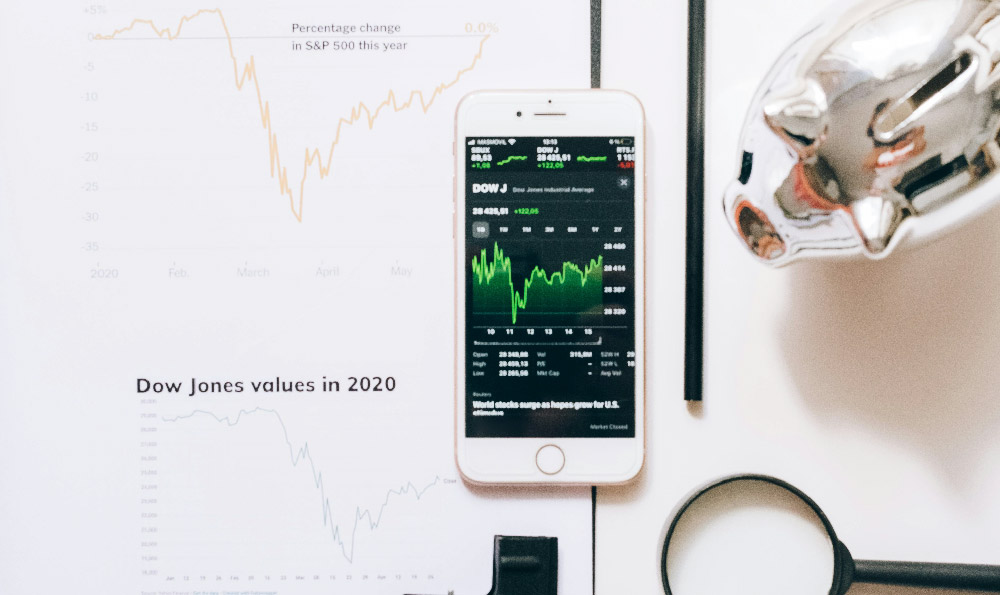
Copper, often referred to as "Dr. Copper" for its purported ability to predict economic turning points, is a critical industrial metal with a wide range of applications, from electrical wiring and plumbing to renewable energy systems and electric vehicles. Therefore, the question of whether to invest in copper is not a simple yes or no. It demands a careful evaluation of various factors, including the current market dynamics, future demand projections, and your own individual investment goals and risk tolerance.
Understanding the drivers behind copper's price fluctuations is paramount. On the demand side, the global economy plays a significant role. Strong economic growth, particularly in emerging markets like China and India, typically translates into higher demand for copper as these nations invest heavily in infrastructure development, manufacturing, and electrification. Conversely, economic downturns often lead to decreased demand and lower prices. The energy transition is another crucial factor propelling copper demand. The shift towards renewable energy sources like solar and wind power necessitates substantial copper usage in power generation, transmission, and energy storage. Electric vehicles (EVs), with their intricate wiring systems and electric motors, require significantly more copper than traditional internal combustion engine vehicles. As EV adoption continues to accelerate globally, the demand for copper will likely surge.
Supply-side constraints also exert considerable influence on copper prices. The availability of copper is affected by factors such as mining production levels, geopolitical risks in major copper-producing countries (like Chile and Peru), and environmental regulations that may restrict mining activities. Disruptions to supply chains, whether due to natural disasters, labor strikes, or political instability, can lead to price spikes. Discovering new large-scale copper deposits is increasingly challenging and time-consuming, further limiting future supply growth. The complexity of extracting copper from lower-grade ores also adds to the cost and time involved in bringing new supply to the market.

Investing in copper can take various forms, each with its own set of risks and rewards. Directly purchasing physical copper bars or coins is one option, but this involves storage costs, insurance fees, and the challenge of selling the metal when you want to liquidate your investment. Another option is investing in copper mining companies. This provides exposure to the metal's price movements while also offering the potential for higher returns if the company is well-managed and efficiently extracts copper. However, mining companies are also subject to operational risks, political instability in mining regions, and fluctuations in the stock market. A third approach is investing in copper-focused exchange-traded funds (ETFs) or exchange-traded notes (ETNs). These instruments track the price of copper futures contracts, providing investors with a relatively liquid and accessible way to gain exposure to the metal. However, futures contracts are subject to contango (when future prices are higher than spot prices) and backwardation (when future prices are lower than spot prices), which can affect the returns of these ETFs and ETNs. Furthermore, leveraged ETFs and ETNs can amplify both gains and losses, making them suitable only for sophisticated investors with a high risk tolerance.
Before making any investment decisions, it's crucial to conduct thorough research and assess your own risk tolerance. Consider your investment timeline and financial goals. If you have a long-term investment horizon and a high-risk appetite, investing in copper mining companies or copper ETFs might be suitable. However, if you are risk-averse or have a shorter investment horizon, you might want to consider alternative investment options. Diversification is also essential. Avoid putting all your eggs in one basket. Allocate your investments across different asset classes to reduce your overall portfolio risk. Consulting with a qualified financial advisor is highly recommended. They can help you assess your financial situation, understand the risks and rewards of investing in copper, and develop a personalized investment strategy that aligns with your goals and risk tolerance.
Looking ahead, the long-term outlook for copper remains positive, driven by the ongoing energy transition and the increasing demand from emerging markets. However, short-term price volatility is to be expected, influenced by factors such as economic cycles, geopolitical events, and supply disruptions. Therefore, a disciplined approach to investing in copper is crucial. Consider dollar-cost averaging, which involves investing a fixed amount of money at regular intervals, regardless of the price of copper. This can help mitigate the risk of buying high and selling low. Stay informed about market trends and news related to the copper industry. Monitor economic indicators, supply-demand dynamics, and geopolitical developments that could impact copper prices. Remember that past performance is not indicative of future results. While historical data can provide insights into copper's price behavior, it's essential to base your investment decisions on a comprehensive analysis of current and future market conditions.
In conclusion, investing in copper can be a worthwhile endeavor, but it requires careful planning, thorough research, and a clear understanding of the risks involved. By considering the demand and supply dynamics, exploring different investment options, assessing your risk tolerance, and seeking professional advice, you can make informed decisions and potentially benefit from the long-term growth prospects of this essential industrial metal. The key is to approach it as a part of a well-diversified investment portfolio, aligned with your individual financial goals and risk profile.





